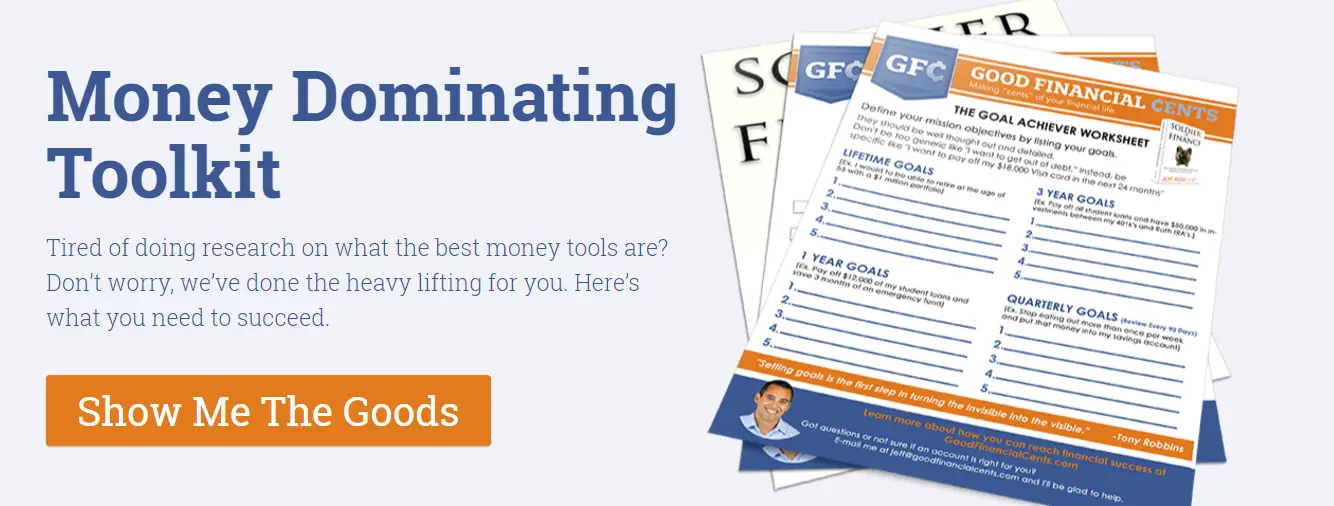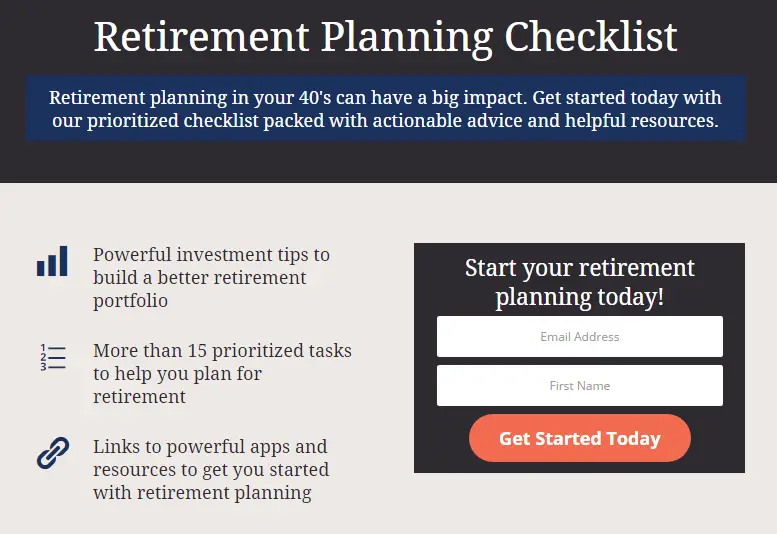Last Updated on July 20, 2020 by Phil Rogers
You are probably very skeptical about that headline. What financial advisor marketing system could deliver this kind of growth?
We have other posts with big claims. They include advisors who achieved a 94% close rate, received no calls during a major market downturn, and grew their AUM with no effort.
Here’s some research to back the headline up.
A report that found lead volume doubled with this system. How about marketing departments that saw a 45% increase in return on investment?
So, more about this system …
1. The Problem with Financial Advisor Marketing
The vast majority of your website visitors are not ready to buy.
Google research found that 82% of website visitors in the finance industry are at the beginning or in the middle of their buying process.
However, a common mistake most financial advisors often make with their websites is go straight for the sale with something like, “Call us for a consultation.”
Unfortunately, winning new clients is not that easy. It doesn’t matter if you’re a person and a dog or a large firm like Betterment, Merrill Lynch or New York Life. Every one of us in this market spends a soul-crushing amount of time and money to win new business.
The typical response from advisors is to try and increase traffic. In other words, make it up on volume.
Many approach marketing with the “kitchen sink” method. Throw whatever you have at the wall and hope that it sticks. Blast something to lots of people who have the slightest possibility of needing what you offer. Some will respond. Most won’t. This is both expensive and annoying.
The alternative is using lead nurturing to convert more of your existing traffic to customers.
Let’s do some simple math.
How many web visitors including personal connections and referrals convert to customers?
1 in a 1000?
Increasing your conversion rate from visitor to customer to 1 in 300 will more than triple your new customer acquisition rate.
Even better, let’s say you could spend less time selling and more time doing great things for your customers. What would that mean for your referral volume?
That’s what Lead Nurturing is all about.
2. How does lead nurturing work?
Lead nurturing moves people from initial interest to the point where they are ready to buy.
Let’s do a reality check.
Why would a prospective client, who you may have met a few times, suddenly trust you with millions of dollars in assets? It takes a massive leap of faith and is a very difficult sales task.
We bridge the trust gap in one of two ways.
1. Time and effort
2. Referral from a source the person trusts
The time and effort approach is slow, painful, and expensive. It is costly not just from a fiscal perspective, but time perspective as well. How much is your time worth to you?
A referral helps but there is still work to do, and only helps assert a positive initial impression.
But can lead nurturing technology alone really help me build relationships and trust? In short, absolutely.
Lead nurturing allows you to present your case to a prospect in a structured way – automatically.
In other words, it does the work that you are currently doing with phone calls, meetings, and events in an optimized way.
The time investment is in the setup and then the improvement process is based on your metrics.
Lead nurturing has two advantages.
- Earlier engagement
Signing up for a consultation is a big step. Downloading a checklist on retirement income in return for your email isn’t.
- Better use of sales resources
Your sales efforts can be focused on people ready to buy.
3. Designing your financial advisory marketing system
To get started, you are likely to have only one nurturing flow in your marketing system.
At Blueleaf, we have different nurturing flows based on where the prospect is in the buying process. We assess this by the prospects behavior on the site and other factors.
With only one nurturing flow, you need to focus on the top of the funnel (TOFU) prospects. A TOFU prospect is just starting to think about changing their advisor or hiring one for the first time.
a. The lead magnet
The first step is to get the prospect in your funnel. To do this, you need what marketer’s call a lead magnet.
A lead magnet is some kind of resource that someone just starting to think about changing advisors would trade their email for.
Here are two examples of advisor lead magnets.
Jeff Rose at Good Financial Cents offers a Money Dominating Toolkit.

Greg Brown at Pathway Planning offers a Retirement Planning Checklist.
It might take a while to find a lead magnet that resonates with your audience. Keep testing different ideas.
b. The nurturing flow
Once the prospect has opted in, you can schedule some automated emails with helpful content related to the lead magnet.
Start with a top of the funnel (TOFU) blog post. The goal of this first email show that you are trying to help. The post should help solve one of the prospect’s top problems and demonstrate your expertise. You should already have existing blog posts that you can use if you are being strategic with your content.
Then, think about middle of the funnel (MOFU) content. MOFU content focuses on prospects that are more serious. They are at the point of evaluating options. The prospect is probably not ready for the first meeting. They are willing to go beyond the email, though.
The Riskalyze Risk Number product or the Advizr Express are good tools to use at this stage. You might also consider a post / checklist on top factors to consider when evaluating an advisor.
Now things get a little more serious. The bottom of the funnel (BOFU). The prospect is pretty certain that they want to work with you. However, they need to build their confidence a little bit more.
Top Blueleaf Advisors use Blueleaf as BOFU content. They invite them to add their accounts so they can do things like scenario planning or portfolio back-testing.
Getting a prospect on Blueleaf is a critical step. Once you do this, Blueleaf continues to nurture the relationship with weekly emails that deliver highly relevant content. Content is most relevant if it is timely and personalized. The weekly email gives a real-time, personal update on a vital topic for the prospects future – their financial security.
The emails also build trust for the advisor by demonstrating:
- Complete transparency
- Proactive communication
- Simplicity
You should work in some personal emails just asking if the content helped. Letting them know that just need to hit reply to get in touch can be surprisingly effective. Encouraging this kind of engagement is a great way to keep your budding relationship healthy.
So, here’s what a nurturing flow looks like.
Target prospect: Late 40s / Early 50s wealth builder
Top problems: Building nest egg / Getting financially organized / Saving for college
Lead magnet: 529 Checklist
Delay: 2 days
Email 1: Link to post “529 Checklist explained”
Delay: 7 days
Email 2: Link to post “Getting financially organized”
Delay: 7 days
Email 3: Link to post “Budgeting with a family and no time”
Delay: 7 days
Email 4: Link to post “Why knowing your risk tolerance is so important” + Riskalyze offer
Delay: 2 days
Email 5: Personal email “Need help with understanding your risk tolerance?”
Delay: 5 days
Email 6: Link to post “How much do you need to retire in comfort” + Advizr Express offer
Delay: 7 days
Email 7: Link to post “Why getting financially organized matters” with invite offer to Blueleaf
Delay: 2 days
Email 8: Personal email “Need help getting organized – let’s talk for 15 minutes”
Delay: 5 days
Email 9: Personal email “Here to help”
Remember, your prospect did opt in and can unsubscribe at any time. This is all helpful content focused on solving their top financial problems so don’t worry about sending an email every week or so.
But this looks like a lot of work!
You are right. The email flow above would take some time to develop.
But you don’t have to go big straight away. You can add emails over time. Start with a lead magnet with 3 emails. Remember to include a personal email. Make it clear that they just need to “hit reply” to get in touch.
4. Technology to help with lead nurturing
Most email systems now offer email automation.
Here are the set up guides for a few of them.
5. Quick email tips
- One thing
Remember to keep your emails simple. One objective per email. Spend some time on creating a compelling subject line.
- Mobile friendly
Use a mobile friendly template
- Check the analytics
The open and click-through rates on your different emails will tell you whether you are hitting on top issues. Use these metrics to adjust your flow over time.
Check out this Blueleaf post for more on email marketing for advisors.
Also, you can watch this webinar with Jeff Rose on how he handles financial advisor marketing with lead nurturing and lead magnets.
There you have it. A quick guide on how to triple your prospects and save time. Have fun growing!
Add your questions below to the comments.

